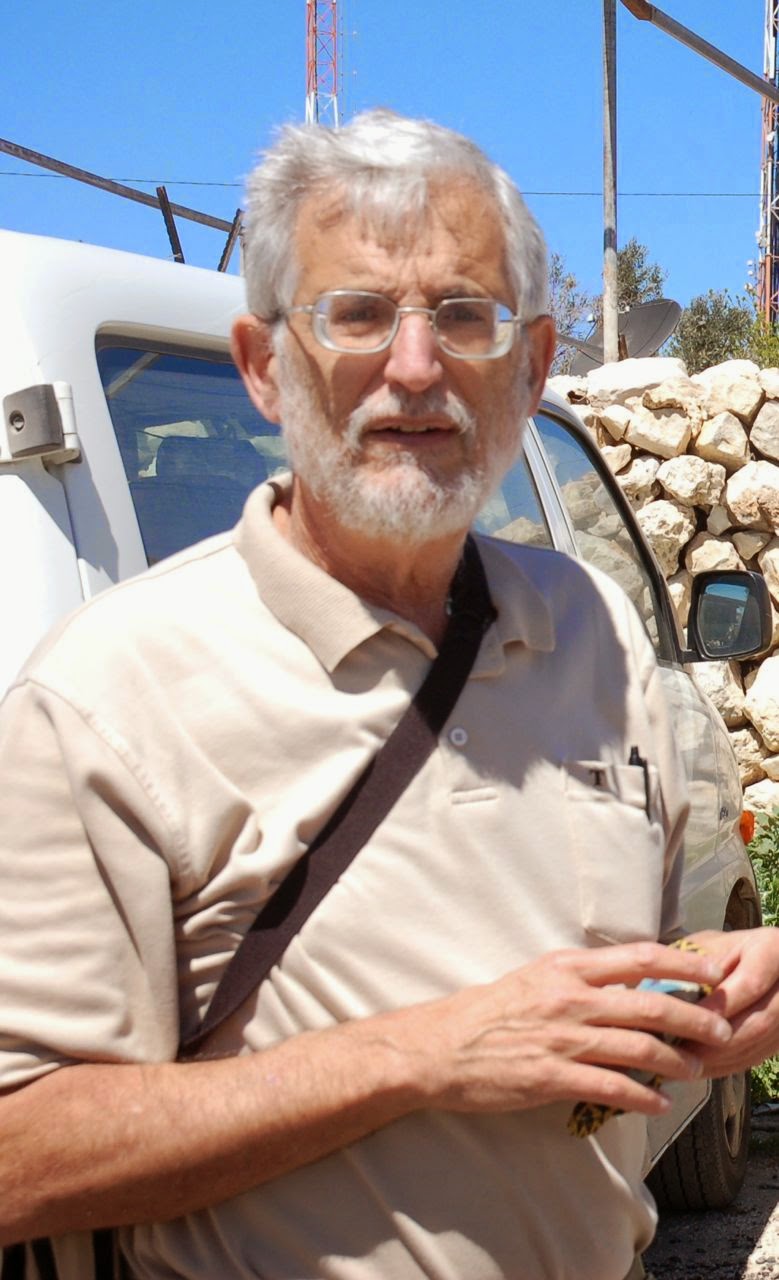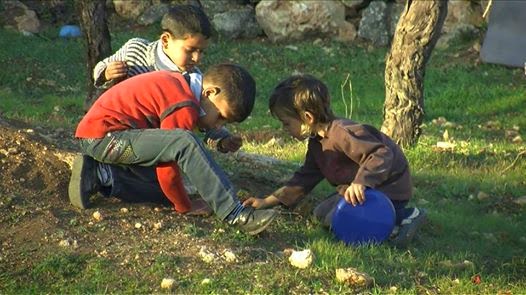"On 30 March 1976, thousands of people belonging to the Palestinian minority in Israel gathered to protest Israeli government plans to expropriate 60,000 dunams of Arab-owned land in the Galilee. In the resulting confrontations with Israeli police, six Palestinians were killed, hundreds wounded, and hundreds jailed. In the intervening years, those events have become consecrated in the Palestinian memory as Land Day.
After years of military rule and political docility, Land Day 1976 was the first act of mass resistance by the Palestinians inside Israel against the Zionist policy of internal colonialisation, a systematic process of expropriation that had reduced Palestinian land ownership from around 94 per cent of all territory in pre-1948 Palestine to less than three per cent in what is now considered to be Israel.
After years of quiet ostracism by the PLO and the Arab states, Land Day reaffirmed the Palestinian minority in Israel as an inseparable part of the Palestinian and Arab nation.
The Palestinian minority in Israel
Today, Palestinian Arab citizens of Israel comprise approximately 19 percent of the total population of the country, numbering close to 900,000. They live predominantly in villages, towns, and mixed cities in the Galilee region in the north, the Triangle area in central Israel, and the Negev desert in the south. They belong to three religious communities: Muslim (76%), Christian (15%), and Druze (9%).
In 1947, the Palestinian Arabs comprised some 67 percent of the population of Palestine. During the Arab-Israeli war of 1948, approximately 780,000 of the pre-1948 Palestinian population fled or were expelled to the fate of becoming refugees in the Arab states and in the West. Of the 150,000 Palestinians who remained in the new Israeli state, approximately 25 percent were displaced from their homes and villages, and became internal refugees. As a result, the Palestinian Arab population in Israel found itself disoriented and severely weakened.
From 1948-1966, the Palestinians in Israel lived under a military administration, applied only to them, despite the fact that they were declared citizens of the state in 1948. Military rule severely restricted their fundamental civil liberties, including freedom of movement, speech, and association. Up until 1965, attempts to organize the Arab community in Israel in pan-Arab movements were forcibly stopped and these associations outlawed.
The Israeli authorities also massively confiscated Palestinian-owned lands. By 1993, over 80 percent of the lands owned by Palestinian Arabs living in Israel had been confiscated and placed at the exclusive disposal of Jewish citizens.
Israel never sought to assimilate or integrate its Palestinian citizens, excluding them from public life while practicing systematic discrimination in all fields. Successive Israeli governments maintained tight control over the community, attempting to suppress Palestinian/Arab identity and to divide the community within itself. To that end, Arabs are not defined by the state as a national minority: rather they are referred to as “Israeli Arabs” or by religious affiliation."


















